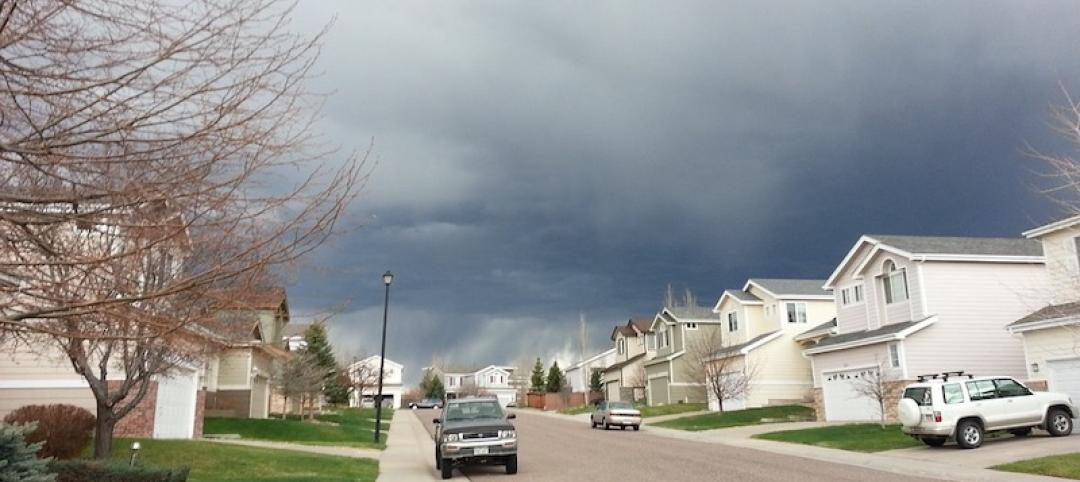FEMA’s new flood insurance plan will drastically raise the cost of insuring coastal properties.
Called Risk Rating 2.0, the recently released plan is widely believed to more accurately reflect flood risks. But it is also likely to lead to a decreased property values along with higher insurance premiums.
Risk Rating 2.0 is the first major update to the government insurance program’s risk analysis system since the National Flood Insurance Program emerged in the late 1960s. The old system provided a flat risk estimate for an entire floodplain. The new system estimates the individual risk facing each home, incorporating new data about water dynamics and replacement costs.
The old system did not consider the replacement cost of a house, so owners of low-value homes subsidized those with more valuable properties. Homeowners will now pay premiums for the specific flood risk for their home, rather than for their general area.
Related Stories
Codes and Standards | Aug 27, 2019
Oregon rescinds tsunami-zone construction ban
Other states have no ban, but have strengthened building codes for tidal wave resilience.
Urban Planning | Aug 27, 2019
Pop-up parks revitalize empty lots
Pop-up parks that provide instant open areas for public use and programming can revitalize under-utilized spaces and add vibrancy to neighborhoods.
Codes and Standards | Aug 22, 2019
Texas flood prevention initiative would create nation’s most ambitious barrier system
Plan including sand dunes and mechanical barriers would cost as much as $32 billion.
Codes and Standards | Aug 22, 2019
Multimedia app identifies construction hazards
Researchers say program will reduce injuries, save lives.
Codes and Standards | Aug 22, 2019
Cities take action to keep cool as climate heats up
Initiatives include cool streets, cool roofs, and broader urban tree canopy.
Codes and Standards | Aug 22, 2019
5G expected to give a boost to construction technology
Virtual reality, Internet of Things, robotics, and drones will all benefit from enhanced data flows.
Codes and Standards | Aug 15, 2019
New edition of Building Code Requirements for Structural Concrete available
American Concrete Institute document includes major technical changes.
Codes and Standards | Aug 13, 2019
Coaching pays off for new managers
Study finds increased engagement and readiness for new roles.
Codes and Standards | Aug 12, 2019
New curtain wall design guidelines released
AAMA document includes mandatory language, optional language, and detailed technical commentary.
Codes and Standards | Aug 9, 2019
Cities modify density zoning to spur more affordable housing projects
Solutions include eliminating single-family zoning and allowing taller apartments in higher-density zones.

















